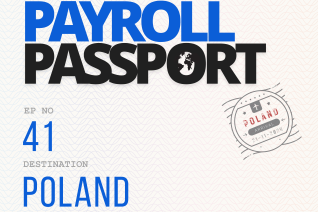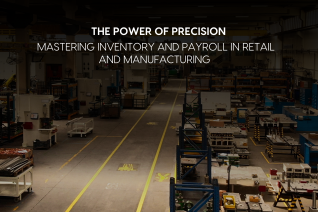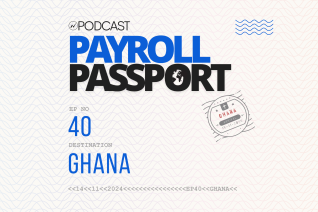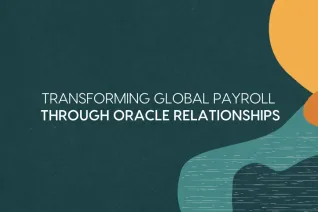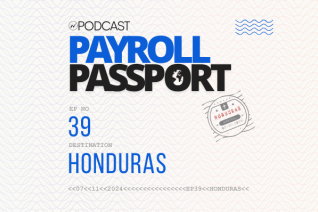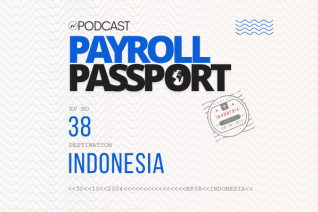HR Deserves a Seat At the Table
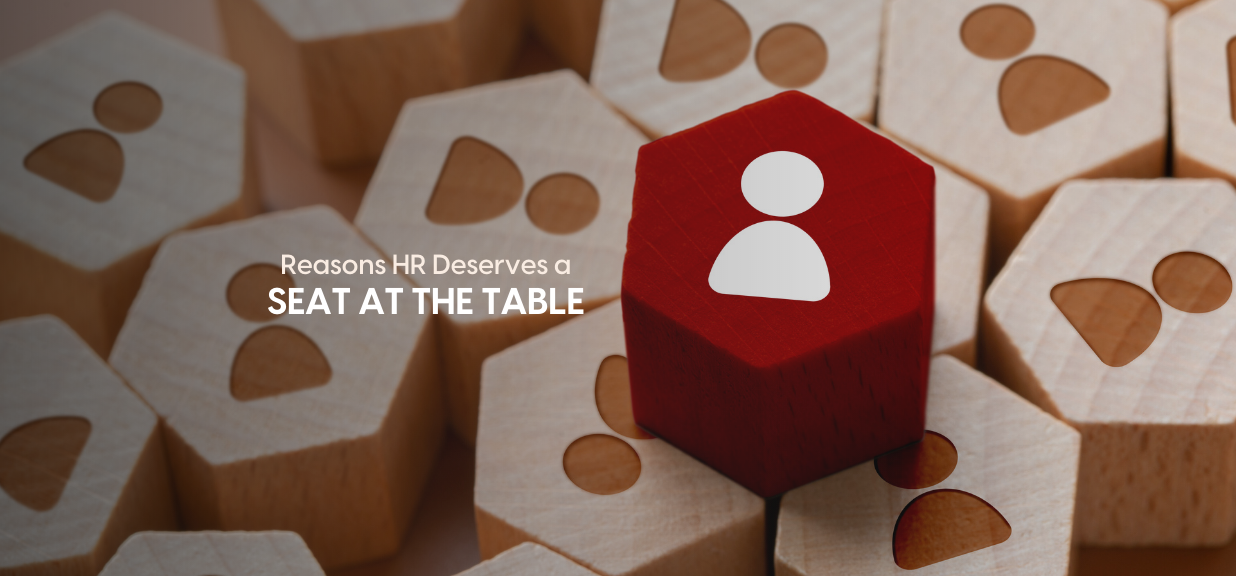
According to Gartner, 40% of workers’ work-life balance has been negatively impacted, and 85% of employees have reported higher levels of burnout since the pandemic’s start.
Since the onset of Covid, the world of work has changed tremendously, altering how work gets done.
ALSO READ | Neeyamo's Anagha Bildikar Wins HR’s Rising Star award
The evolving role of human resources
In this episode of HR Cookbook, Jennifer Mounce, CHRO, RLDatix, talks about HR’s shift from a mere back-office function to a business-centric, business-aligned position that takes an active part in strategic decisions.
Though HR was earlier associated with managing the workforce, this is no longer the case.
From being a personnel manager, a CHRO has shifted and transformed. It is now a strategic role that requires understanding both business and employee needs.
According to Jennifer, businesses have started placing people at the heart of their strategies.
DOWNLOAD | Enhancing Employee Experience with Transformational HR Practices
Employee engagement is crucial
With so many things happening worldwide, the need to understand employees, address mental health, and create awareness and resilience amongst the workforce has become vital.
Just like during the pandemic, the post-pandemic environment also requires CHROs to look deep into what their workforce wants and address the increasing need for work flexibility.
The HR departments must reinvent themselves for a seat at the table, especially after the pandemic.
Rather than being just employee-centric, the HR department has elevated to think holistically about businesses and focus on creating a thriving environment for its employees.
A mere factor like lighting in the office can alter your workforce’s productivity.
HR personnel should be good business leaders. Have you ever wondered if your company’s HR department is aware of the intricacies of various departments in the company?
The answer might surprise you.
Importance of data-driven processes
HRs that are not afraid of numbers or technology and are open to understanding the process and status of the departments in the company can understand the business thoroughly and hence bring data-driven insights to the table.
HR is a more data-driven function than you might think.
A company has data about an employee’s entire lifecycle. Multiply this with the number of employees in the company, and you have a large pool to choose from.
This information can derive insights on employee satisfaction, attrition details, and more.
In a big organization where communication can be off, or the chances of miscommunication are high, HR professionals can ensure lines of communication remain open across the company.
Dynamic market trends further require HR personnel to stay updated with the market and find a way to ensure everybody is resilient.
Her secret sauce?
“If your bucket isn’t full, then you can’t overflow and give to others,” says Jennifer.
CHROs who don’t know the business has no business being there. One should be a good businessperson who loves the people side of the company.
Are you looking to identify gaps in managing your employees and improve your employee game?
Reach out to us and let our experts help you.
Latest Resources
Stay informed with latest updates
If you're curious and have a thirst for knowledge pertaining to the HR, payroll, and EOR universe, don't miss out on subscribing to our resources.




